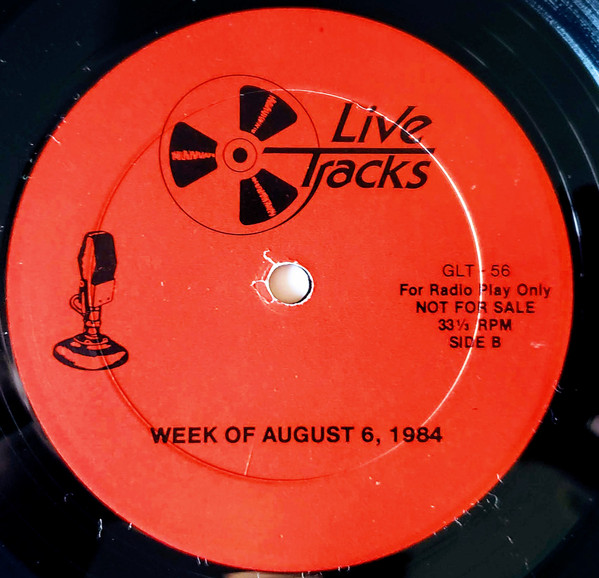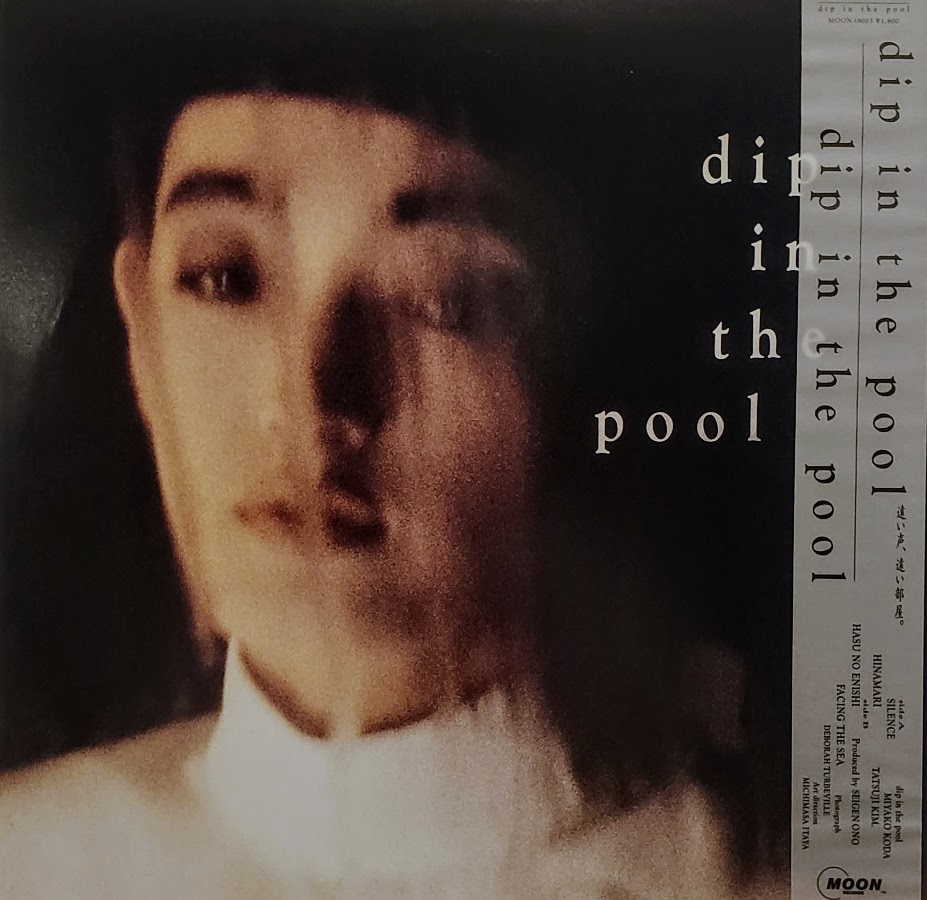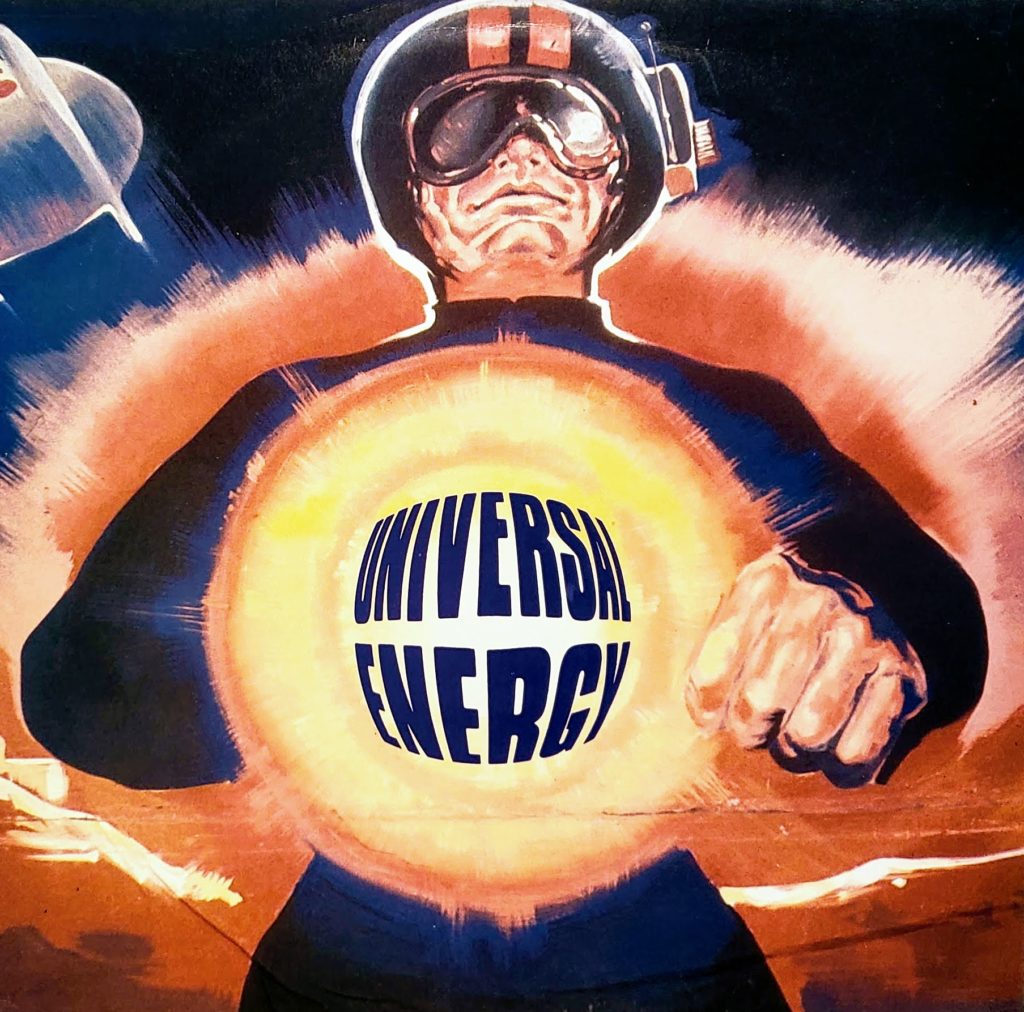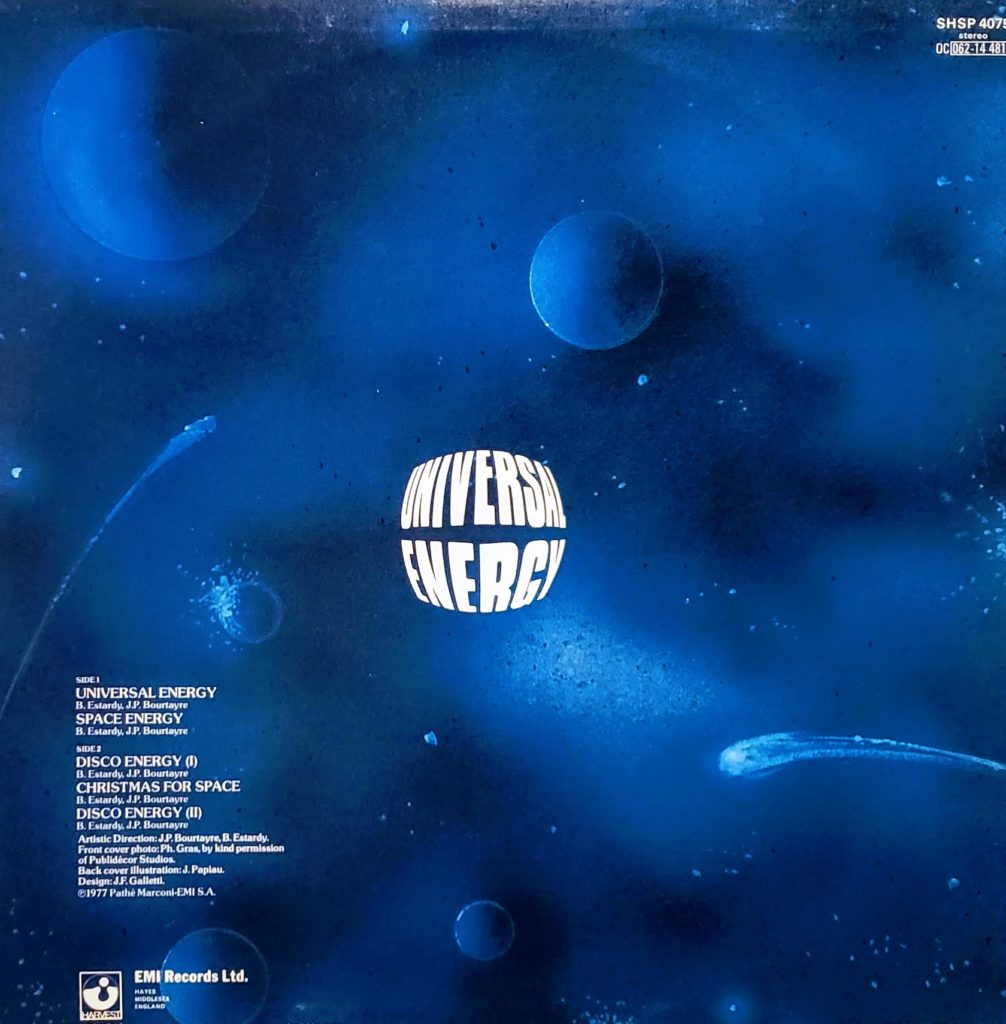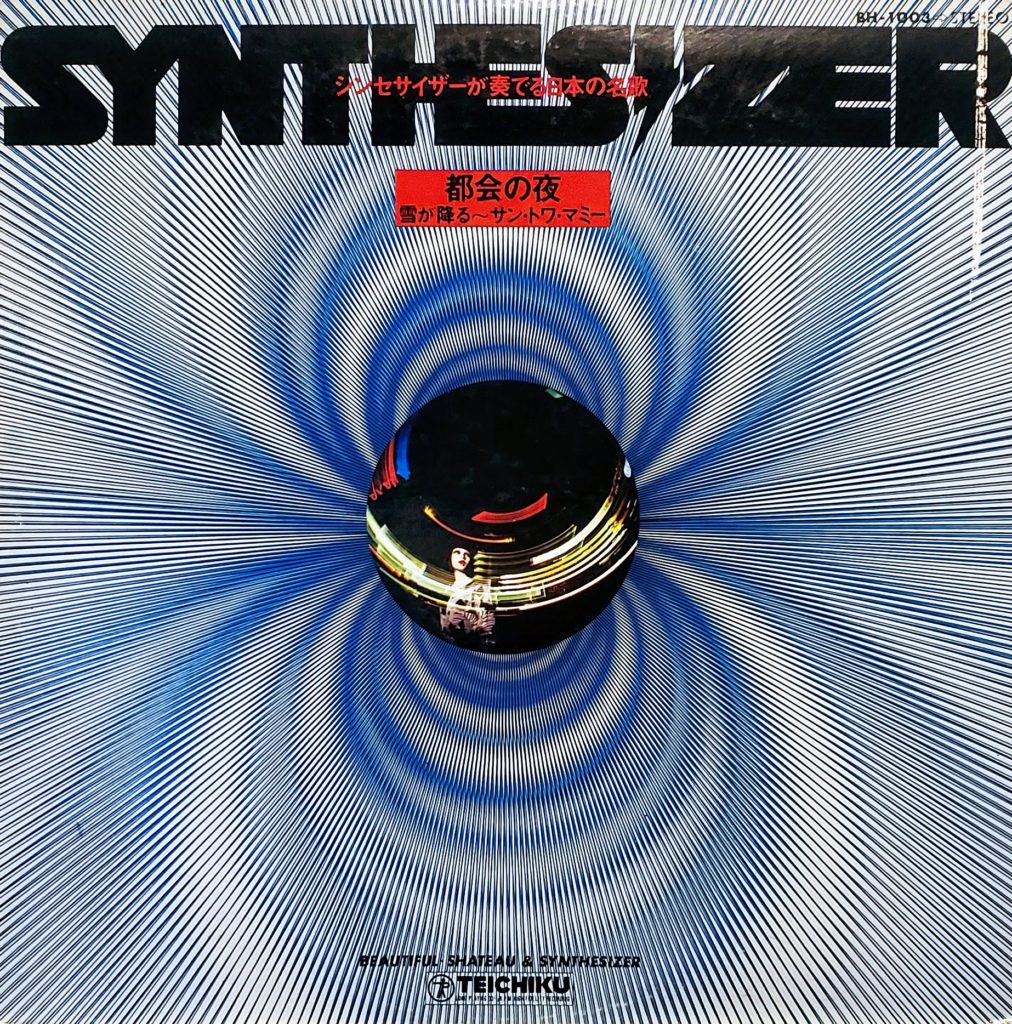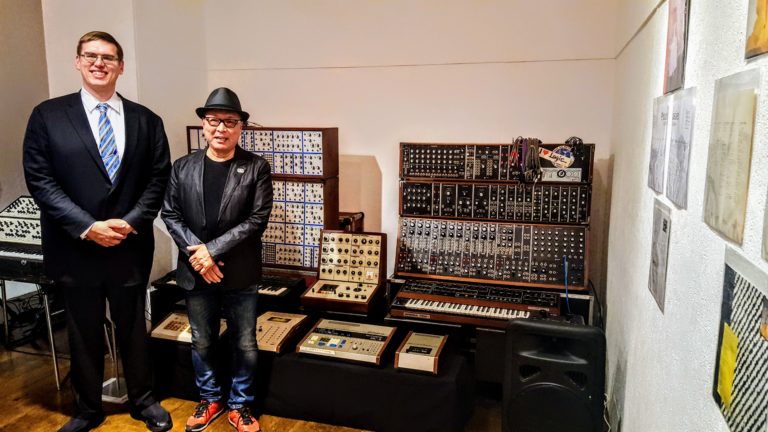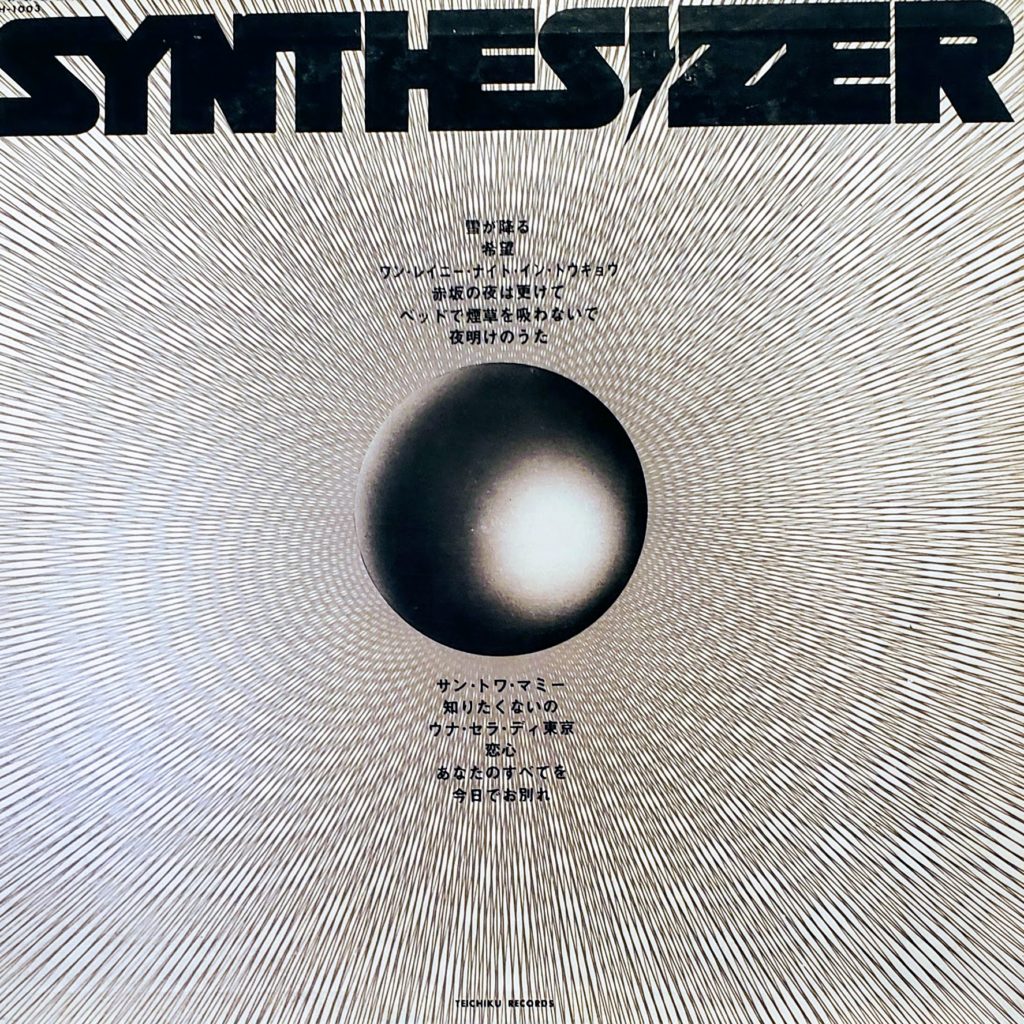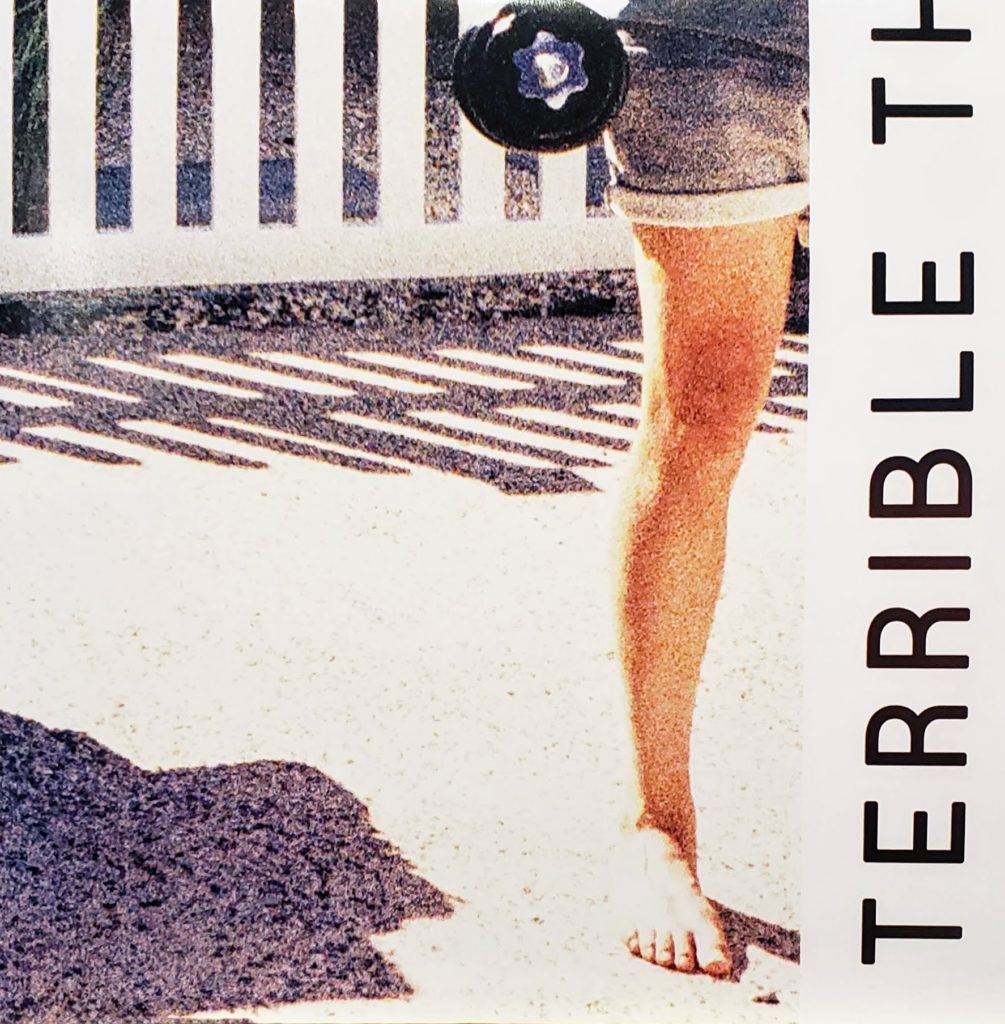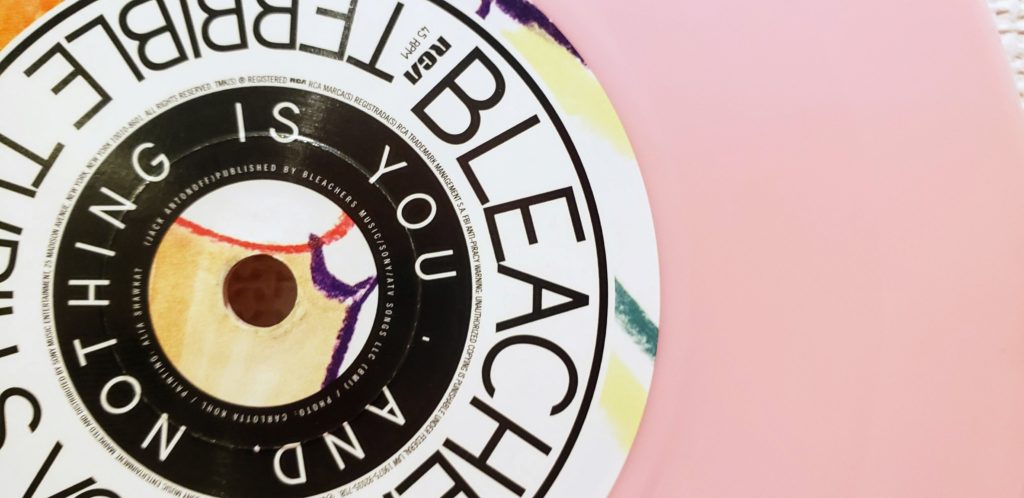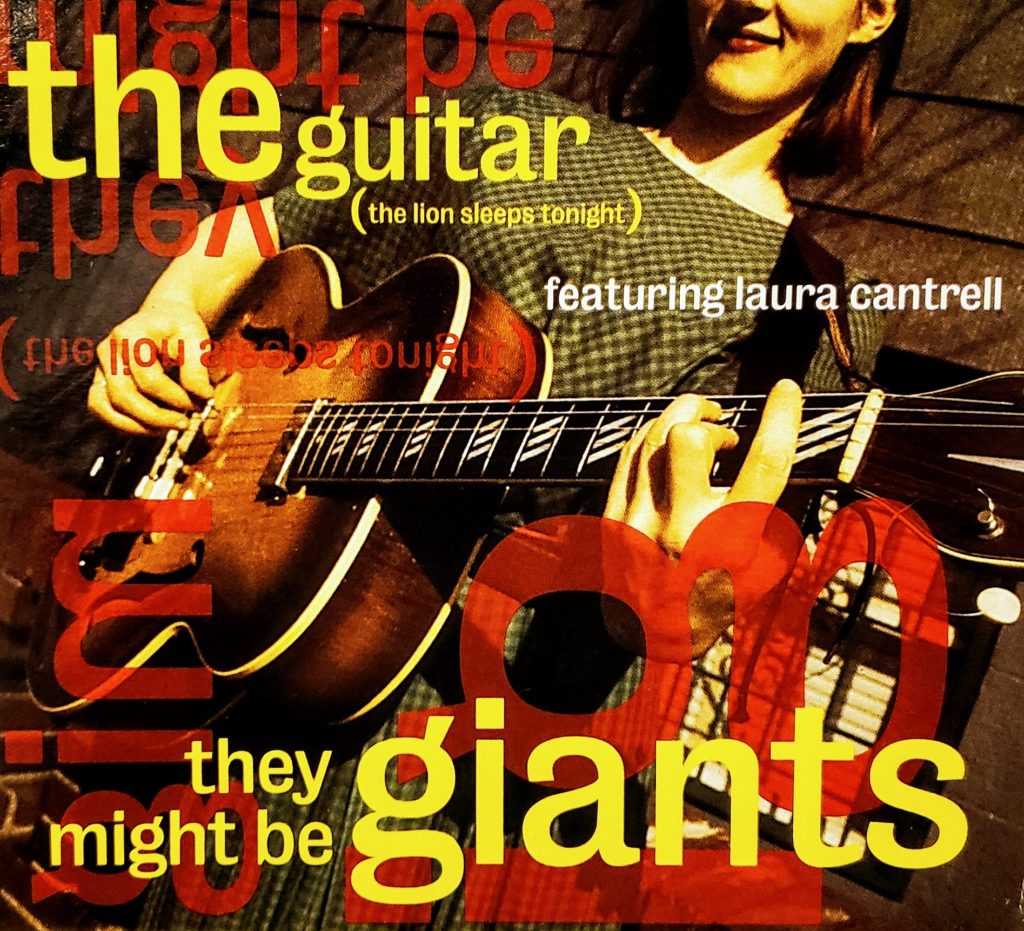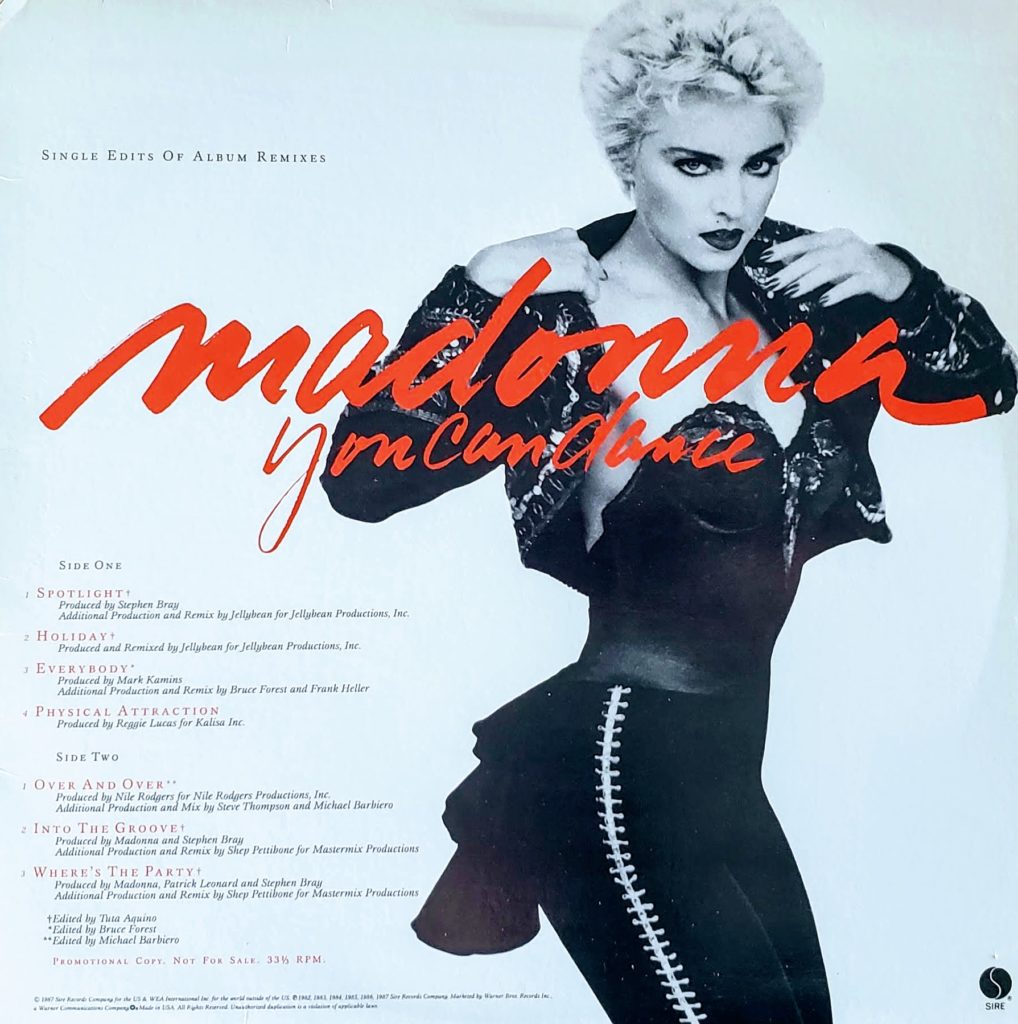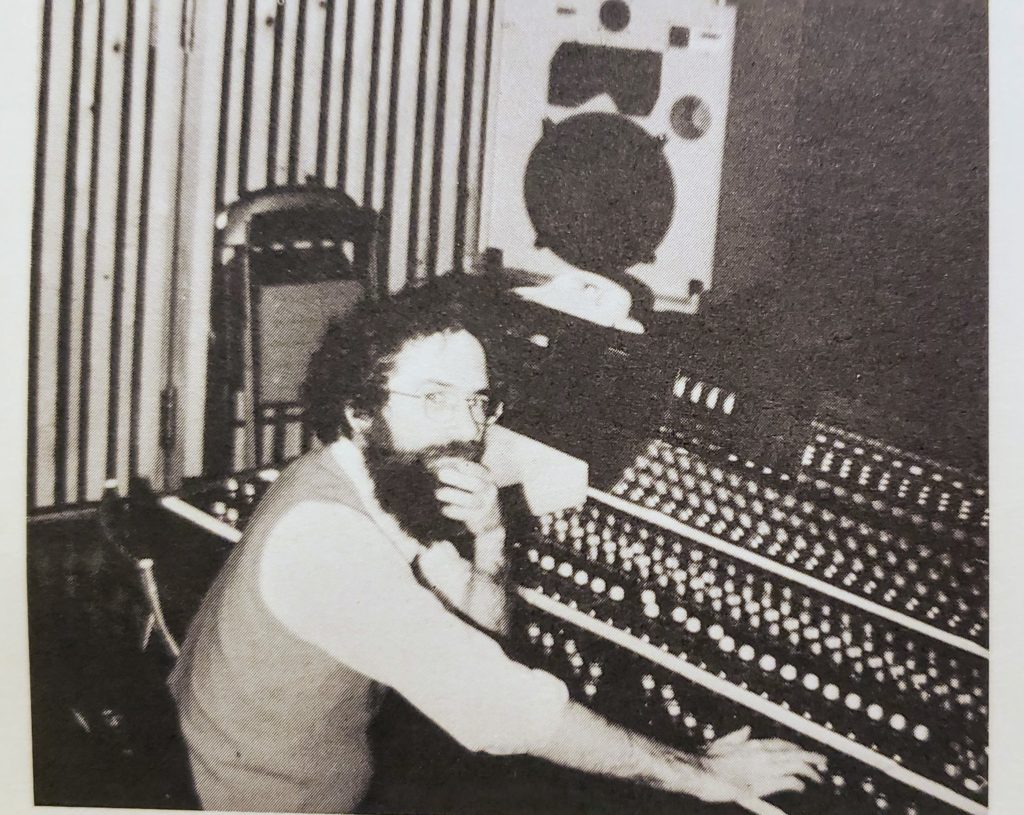Some news first. I plan on updating my ridiculously huge guide to Tokyo record stores in the coming month or so, with updated photos and added profiles of various stores that I recently discovered. I plan on making this new guide so big that I’ll probably end up breaking it into two parts; one a “best of” highlight reel, and the other a full-fledged “here’s everything” guide that will be well over 15,000 words. If anyone has any suggestions about what they would like to see in either, let me know.
Now, Prince.
Prince
1999 (The New Master)
Rosario (1999)
1999 (The Inevitable Mix)
1999 (Keep Steppin’)
1999 (Rosie & Doug E. In A Deep House)
1999 (The New Master Edit)
1999 (Acapella)
The 1999 super deluxe box set is out and I highly recommend it, even though I haven’t been able to dive into everything that it has to offer. It is five CDs (and a DVD) after all. I haven’t touched much of the live content or archival remixes/edits all that much, I’ve been far more interested in the vault tracks, many of which are downright fantastic. The estate really did a good job with this one, populating those bonus discs with a good mix of legit, finished tracks that just didn’t make the cut; polished demos and raw takes that sound damn good; and a smattering of live cuts that show Prince playing around with his material on the fly in a fun and interesting way. Great shit all around. If you have any interest in Prince’s 80s output at all, it’s a must buy. I’m sure that the die-hard Prince bootleg collectors out there will find holes in it, and have their own “unreleased” material that they would prefer, but I’m not in that scene so I can remain happily ignorant of what I missed.
The above remixes were not included in the 1999 box set, although they really had no right to be. They were released in 1998 as an effort to capitalize on the literal 1999. These remixes arrived with a thundering thud when they came out, failing to make any substantial impact on the charts in damn near every country.
That makes sense on a few levels. The most obvious being that the world did not need a new version of “1999” in 1998, or in any year for that matter. “1999” is a near perfect song, no “new master,” remix, or any other attempt to rejigger or rework it for a modern audience would be a success, in my opinion. Remember that when “1999” first came out, there were no 12″ or dance remixes of it. The only alternate versions of the original track are radio edits. Prince knew he didn’t need to fuck with it then, he should’ve known not to fuck with it in 1998.
But I think that’s not the only reason why these mixes bombed. I think a lot of it has to do with the song itself. Think about the song “1999” in 1982, there could not be a song that was more in tune with the zeitgeist of the time, not only musically (synths galore) but musically (Ronnie’s gonna nuke the world). In 1999, there couldn’t not be a song more out of touch with the state of reality than the song “1999.” The Cold war was over, compared to the periods immediately before and following, the world was relatively at peace. America was in the middle of a ridiculous bubble economy. The internet was bringing us together in fun and exciting ways, as opposed to the sad and depressing ways it does now. Everybody loved the president. Apolitical was a thing you could be.
This showed in the music of the era. Look at the top songs of 1999, they’re dumb as rocks. The biggest song of that year was “Believe” by Cher. Sugar Ray was one of the biggest rock bands in the world. The closest thing to a song with a message reaching mainstream popularity was “Jumper” by Third Eye Blind.
Compare that to 1983 (when “1999” actually charted). Sure there’s a multitude of stupid shit there, but the number one song of the year was “Every Breath You Take” (which some read as a statement on nuclear proliferation) and there were other dark songs that managed to be big hits as well, like “Maniac,” “Dirty Laundry, and “Twilight Zone.” Yeah, these aren’t political or “serious” songs, but they have an edge to them. There wasn’t no edge or commentary in the popular music of 1999. That shit was polished to a happy sheen.
Of course, the pop hits of 1999 (and 1983) blow most pop hits of 2019 out of the water, since they actually have things like melodies, hooks, and emotions aside from “I’m sad about stuff.” Yowza what a shitty year for pop music this turned out to be. But that’s a whole other topic and I don’t want to write another 1,000 words that’ll just piss 20 year-olds off (I do that enough already).
Okay I got sidetracked. These mixes aren’t…well…they aren’t bad. Okay, a few of them are bad. Like, downright bad. About half of them aren’t even mixes of “1999.” “Rosario” is just Rosario Dawson rambling on for a minute or so, and a couple of other mixes are just excuses for Rosie and Doug E. Fresh to freestyle. But the main remix is actually pretty good, and the edited version is a good abbreviated version of that. The others are good enough, and are worth a listen just of out curiosity if nothing else.


